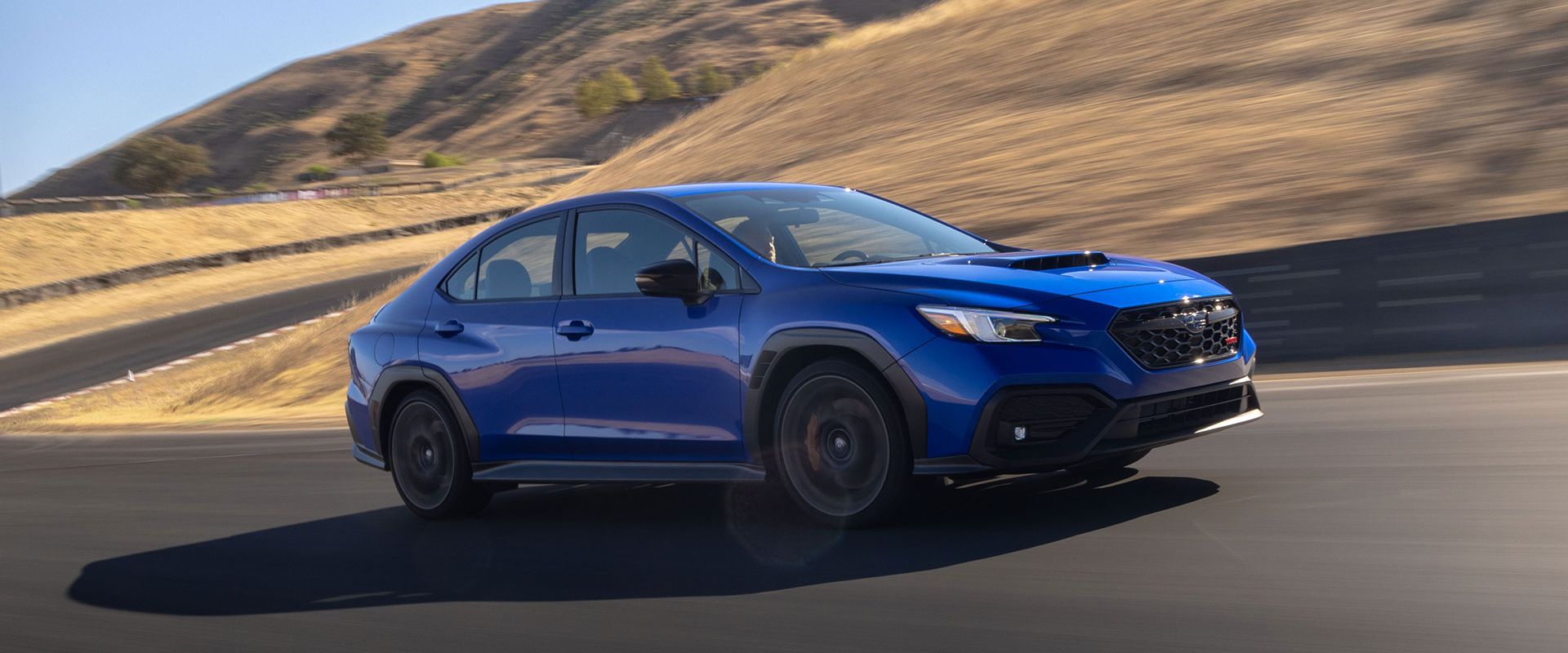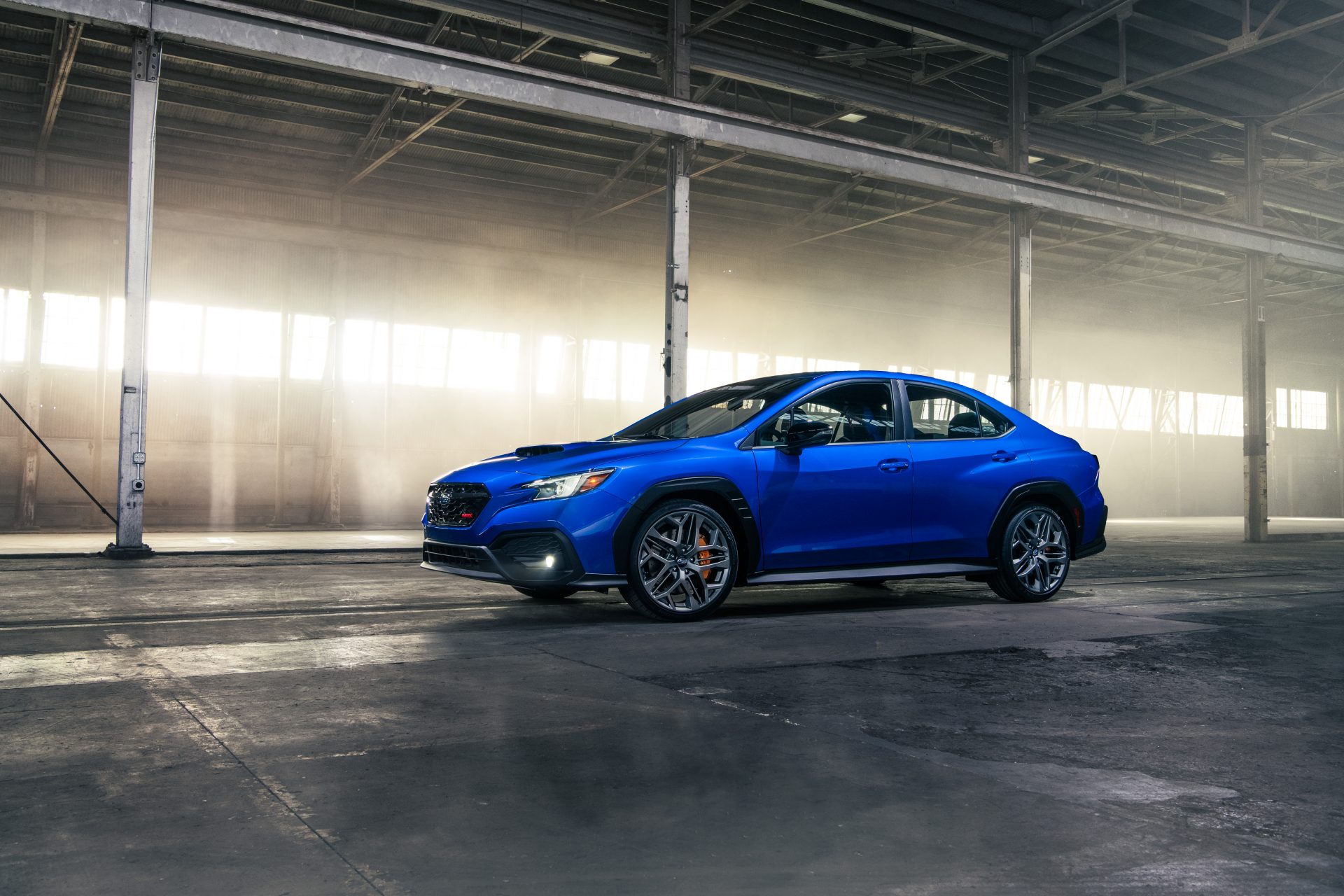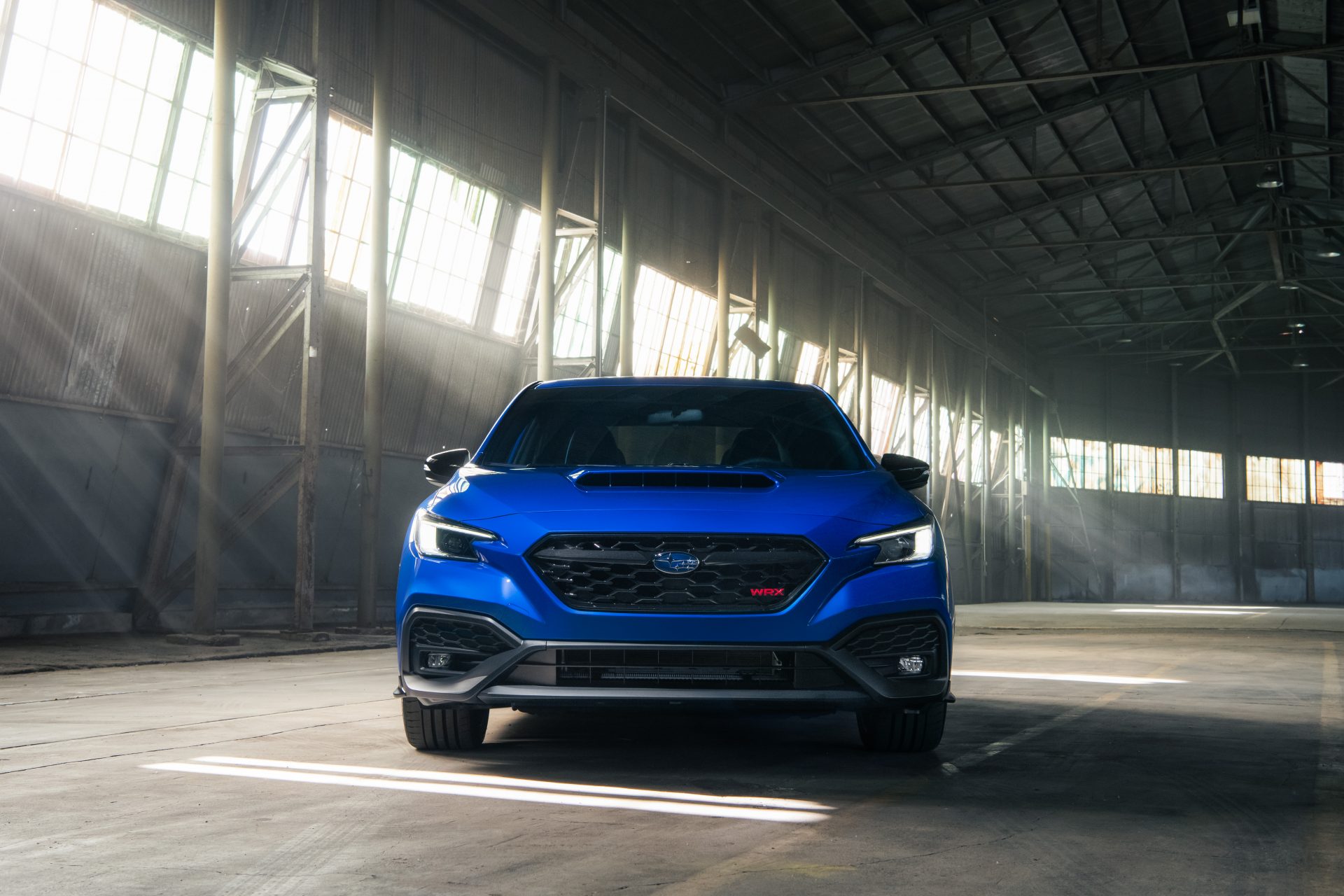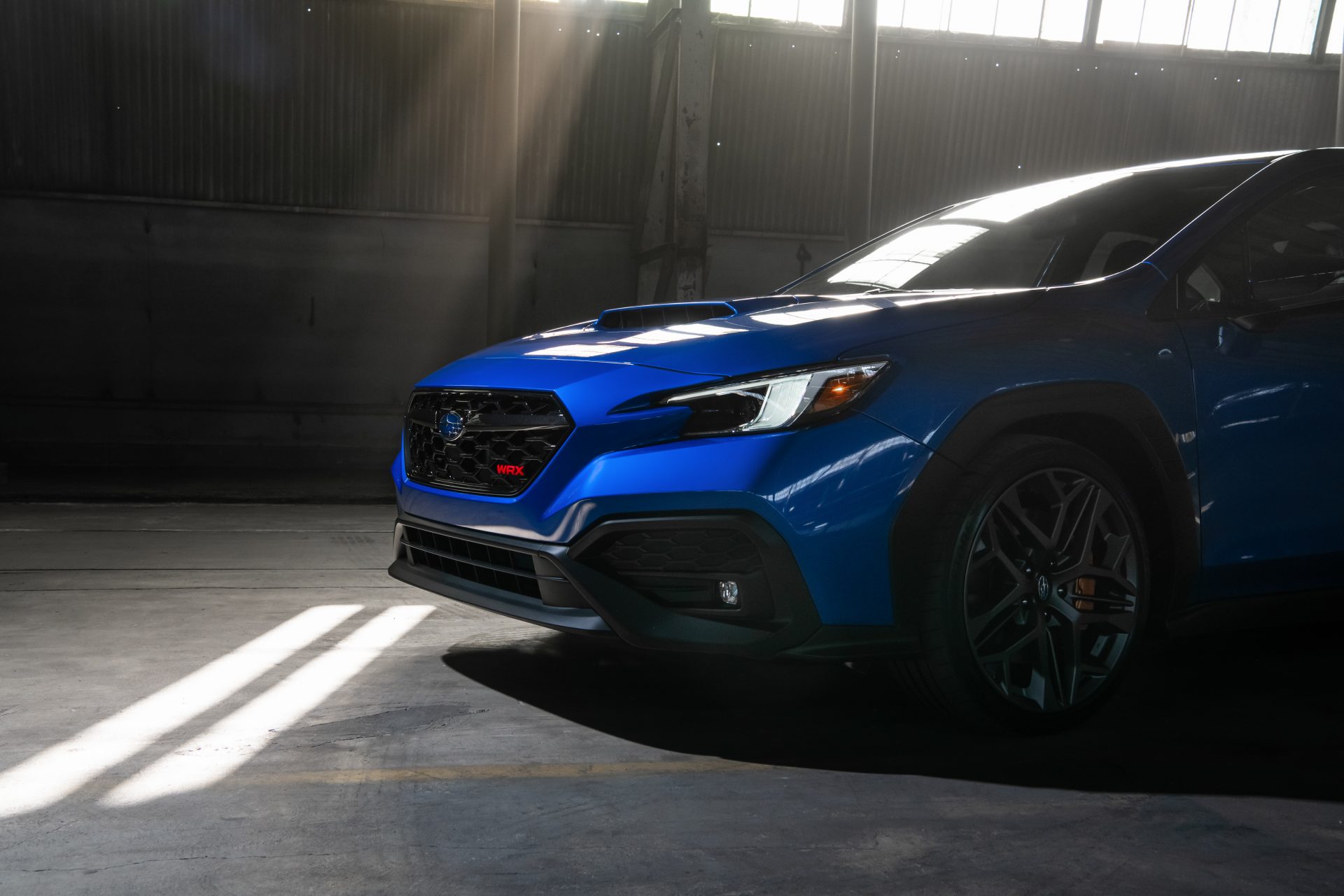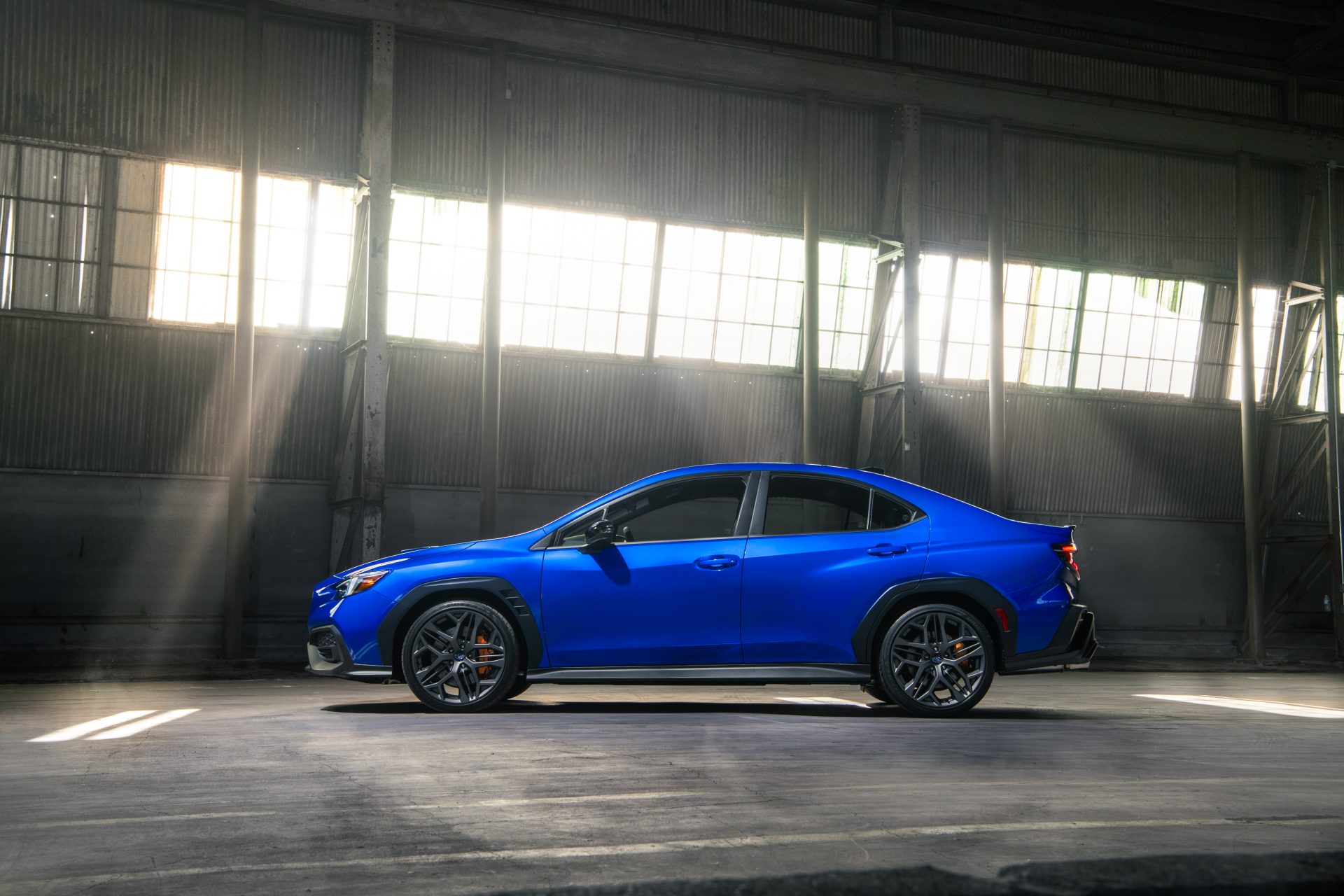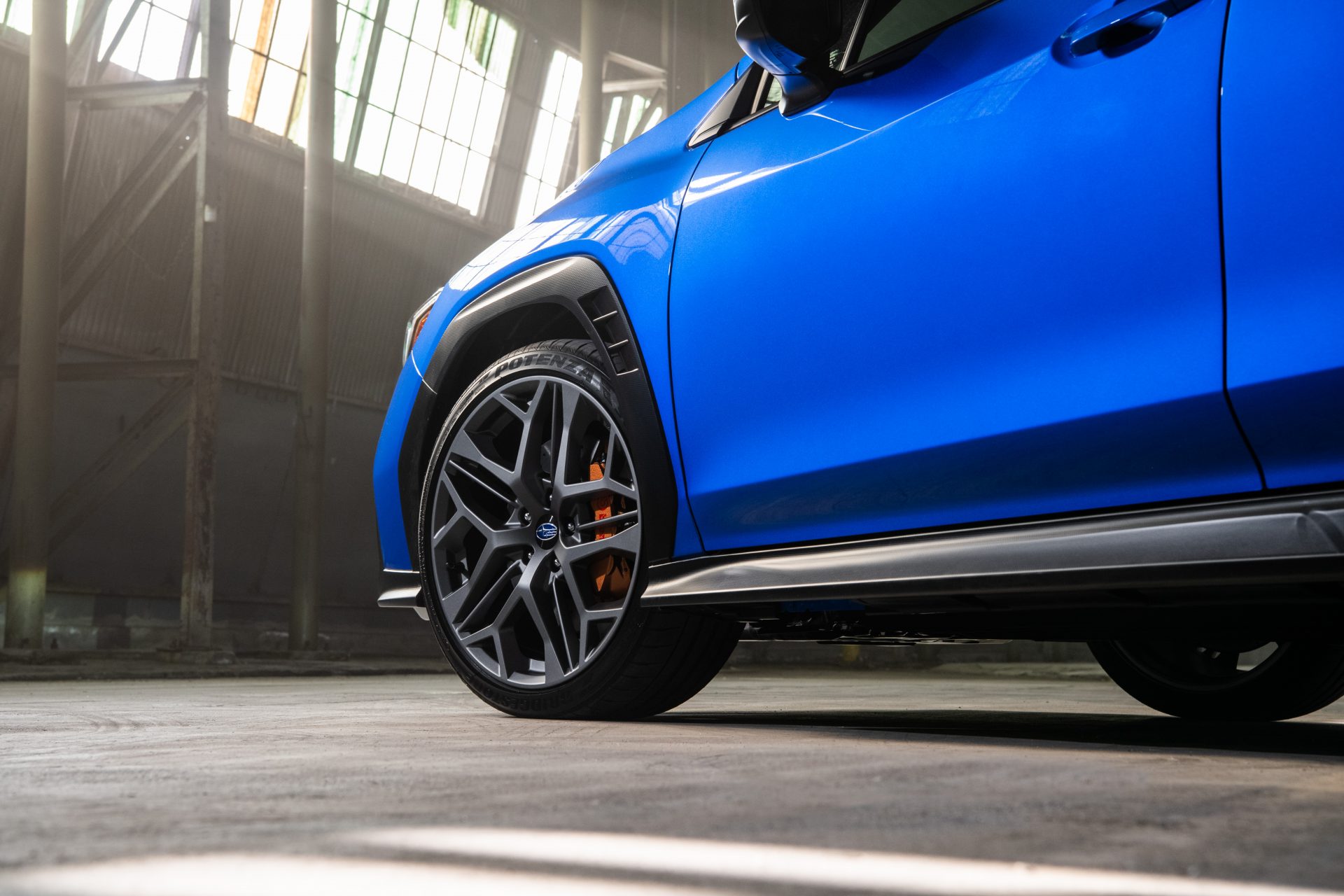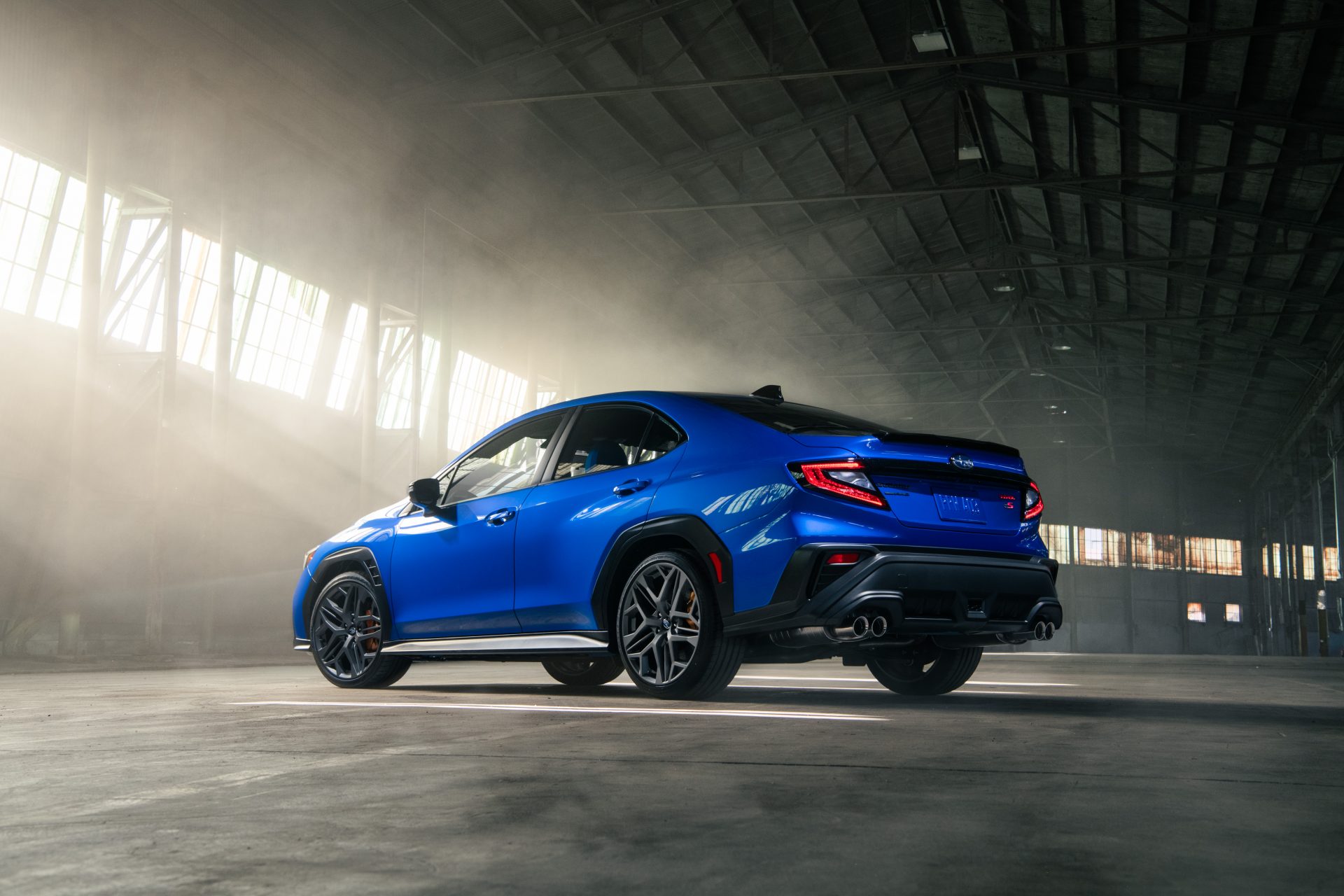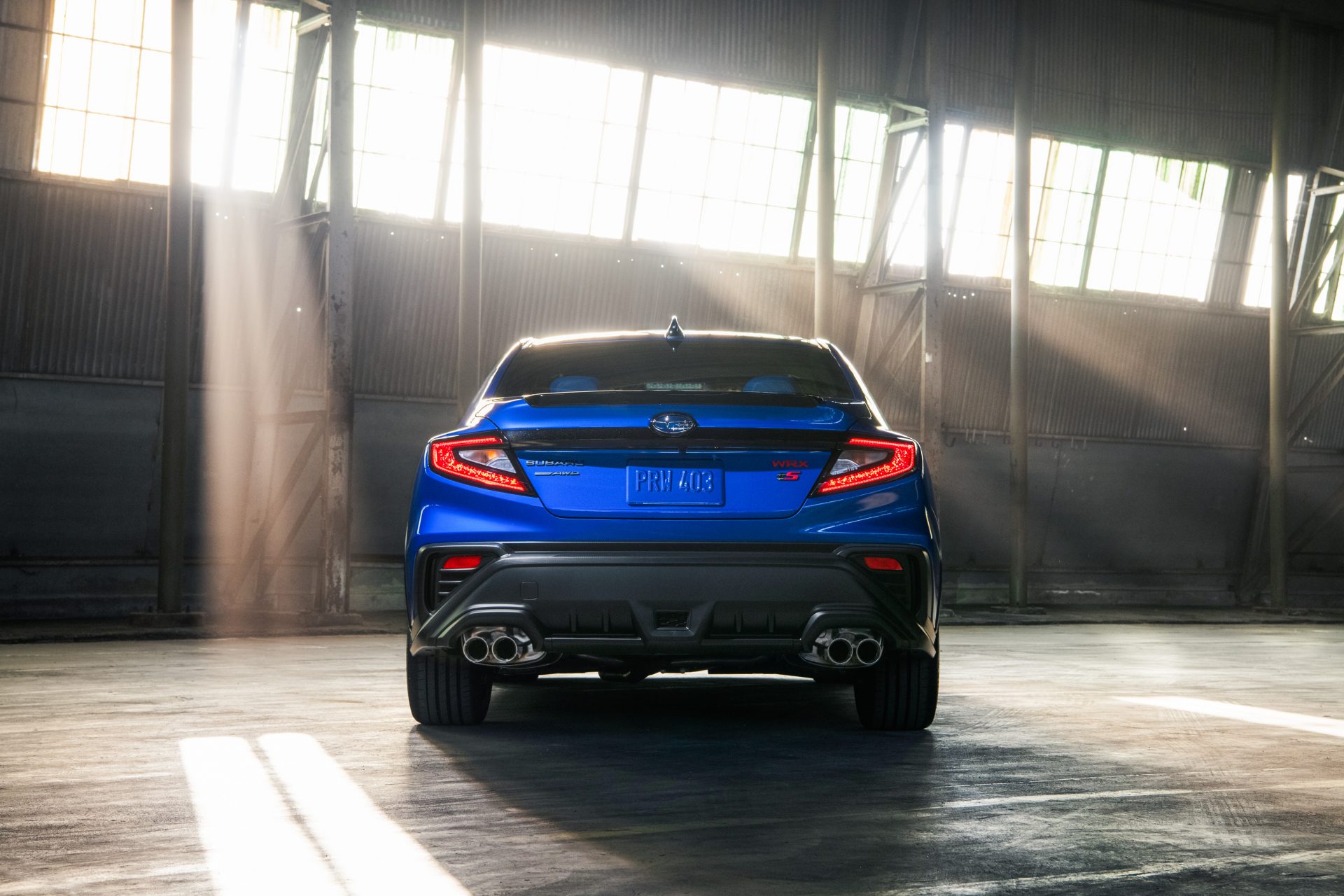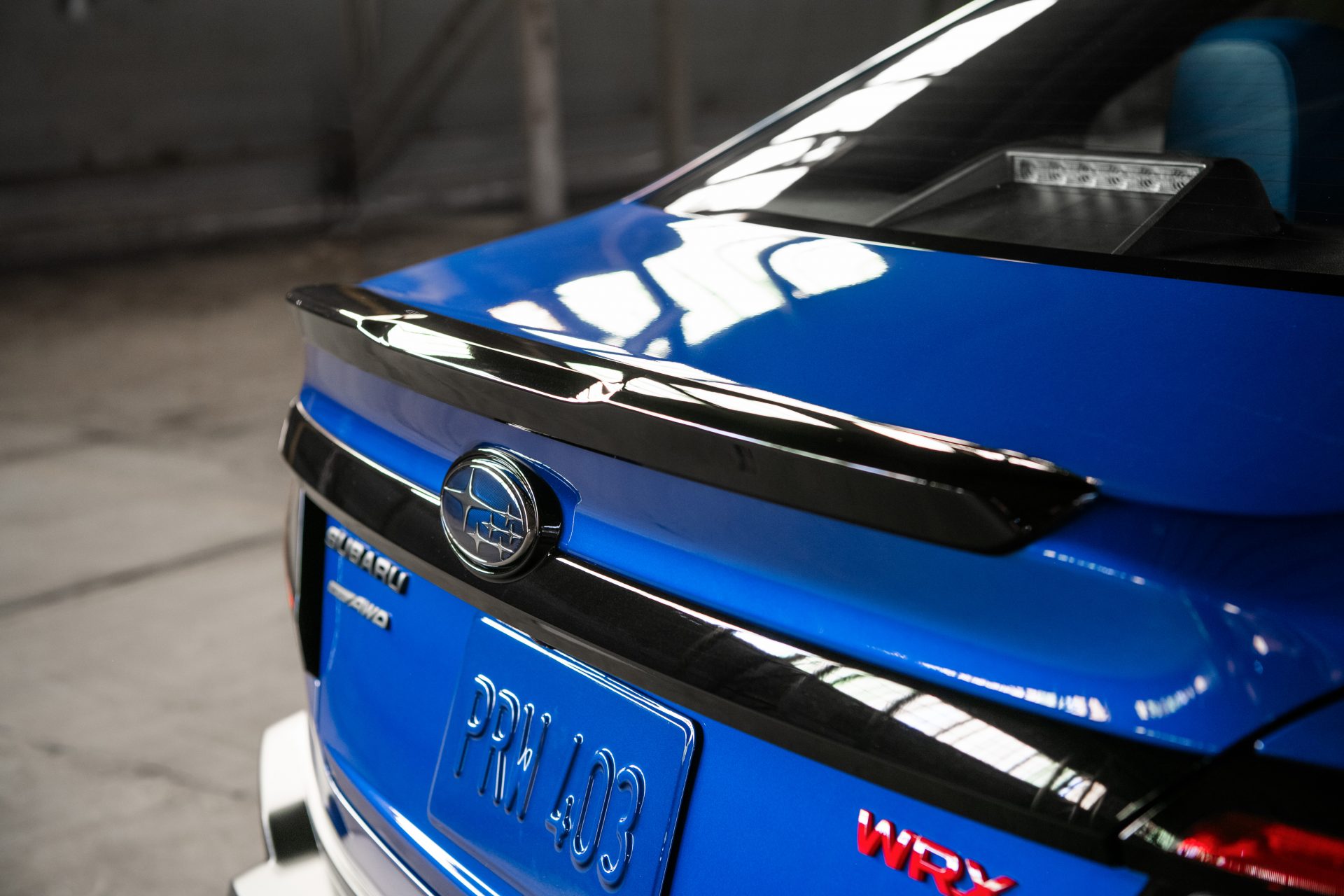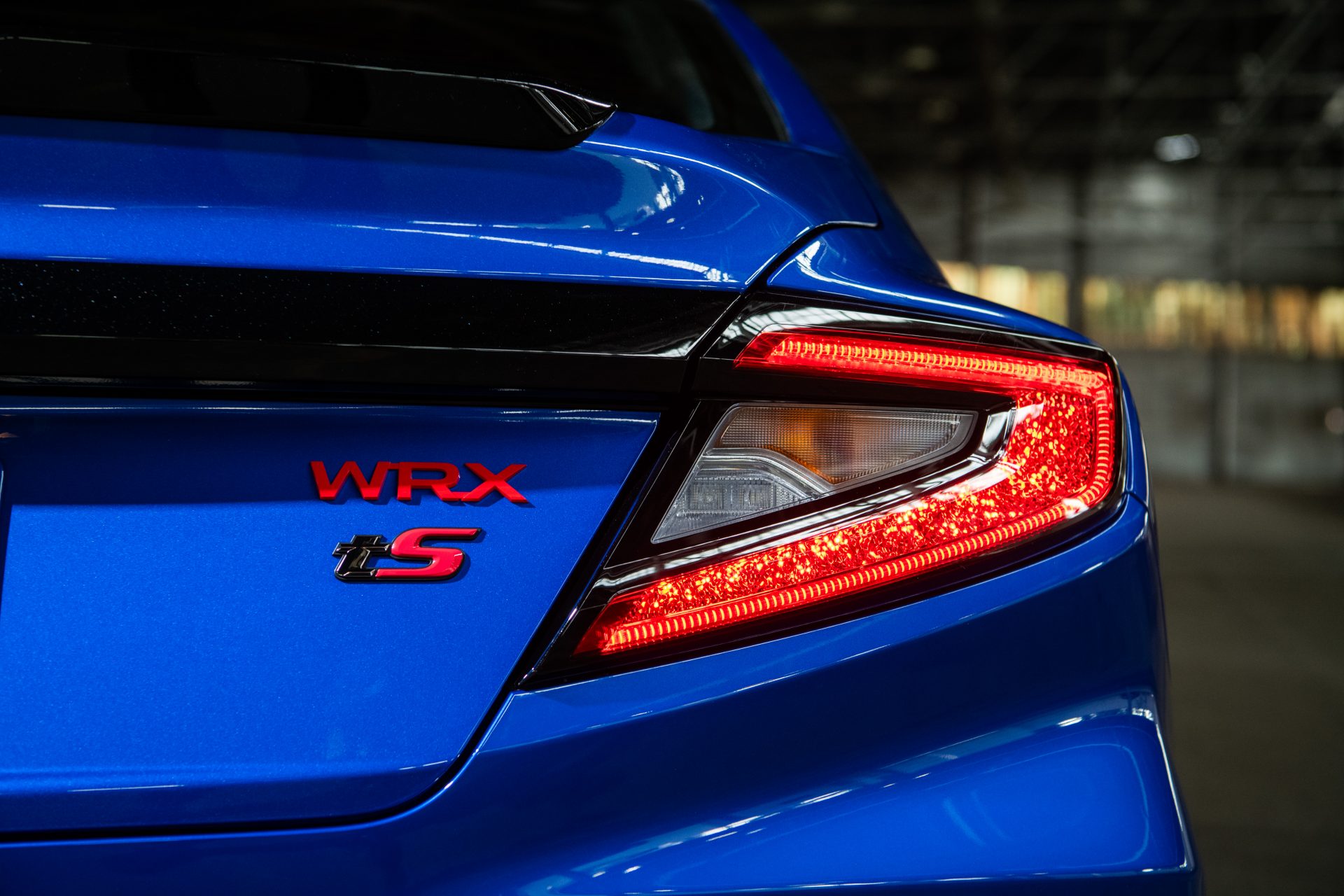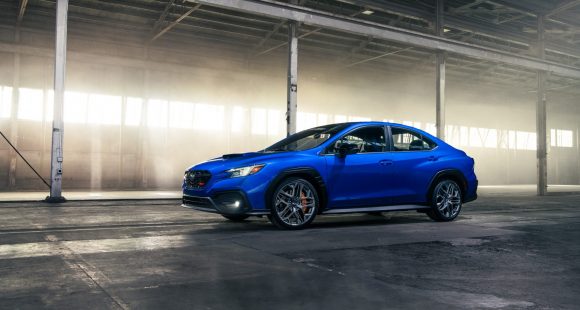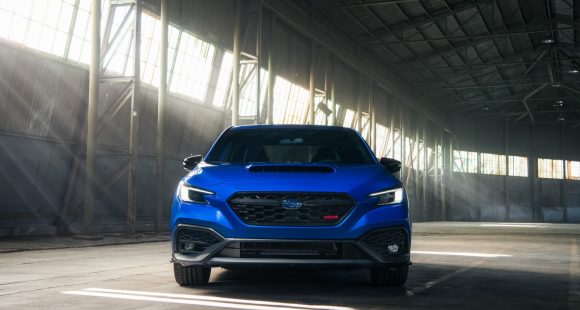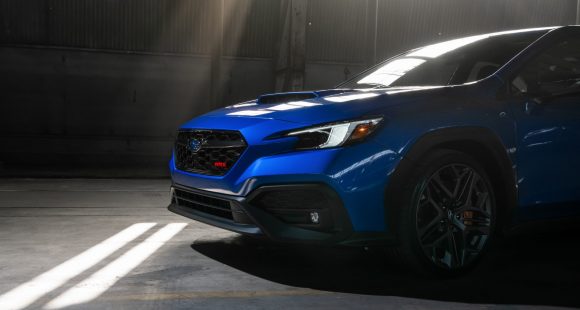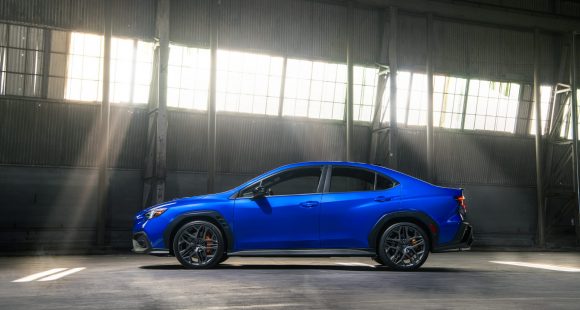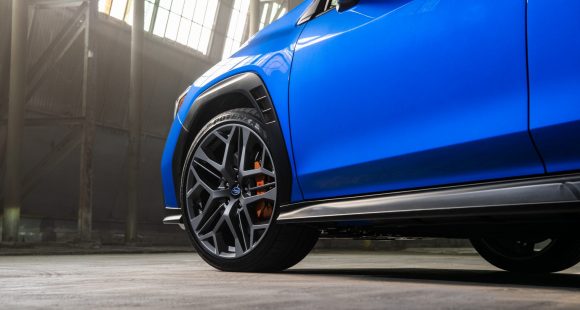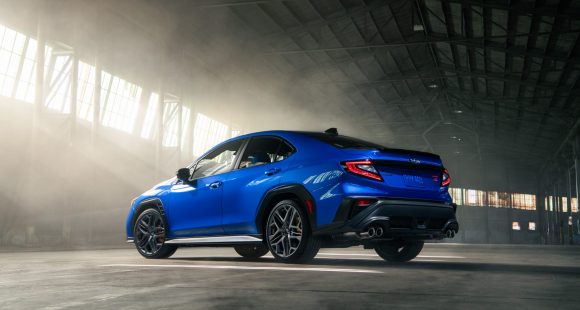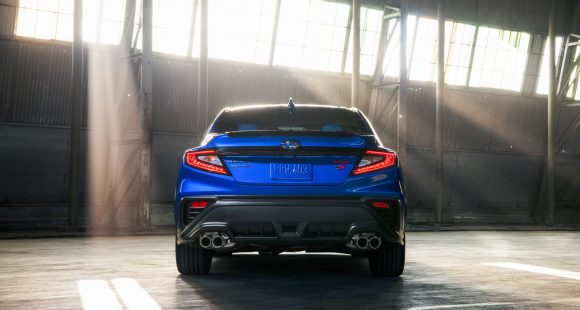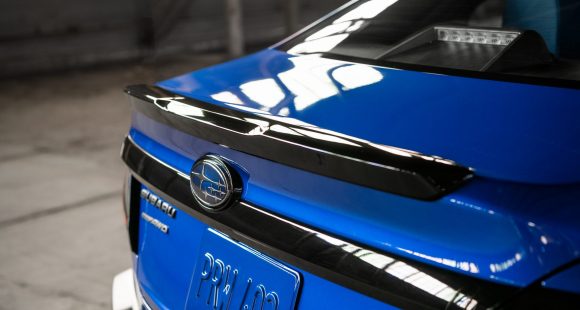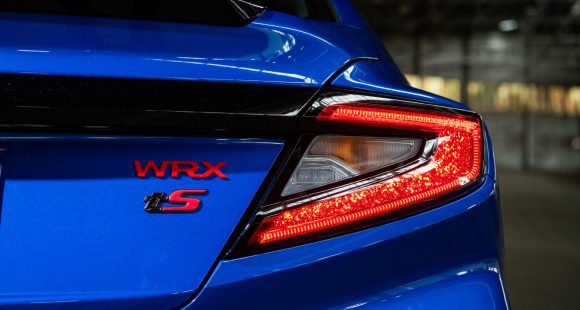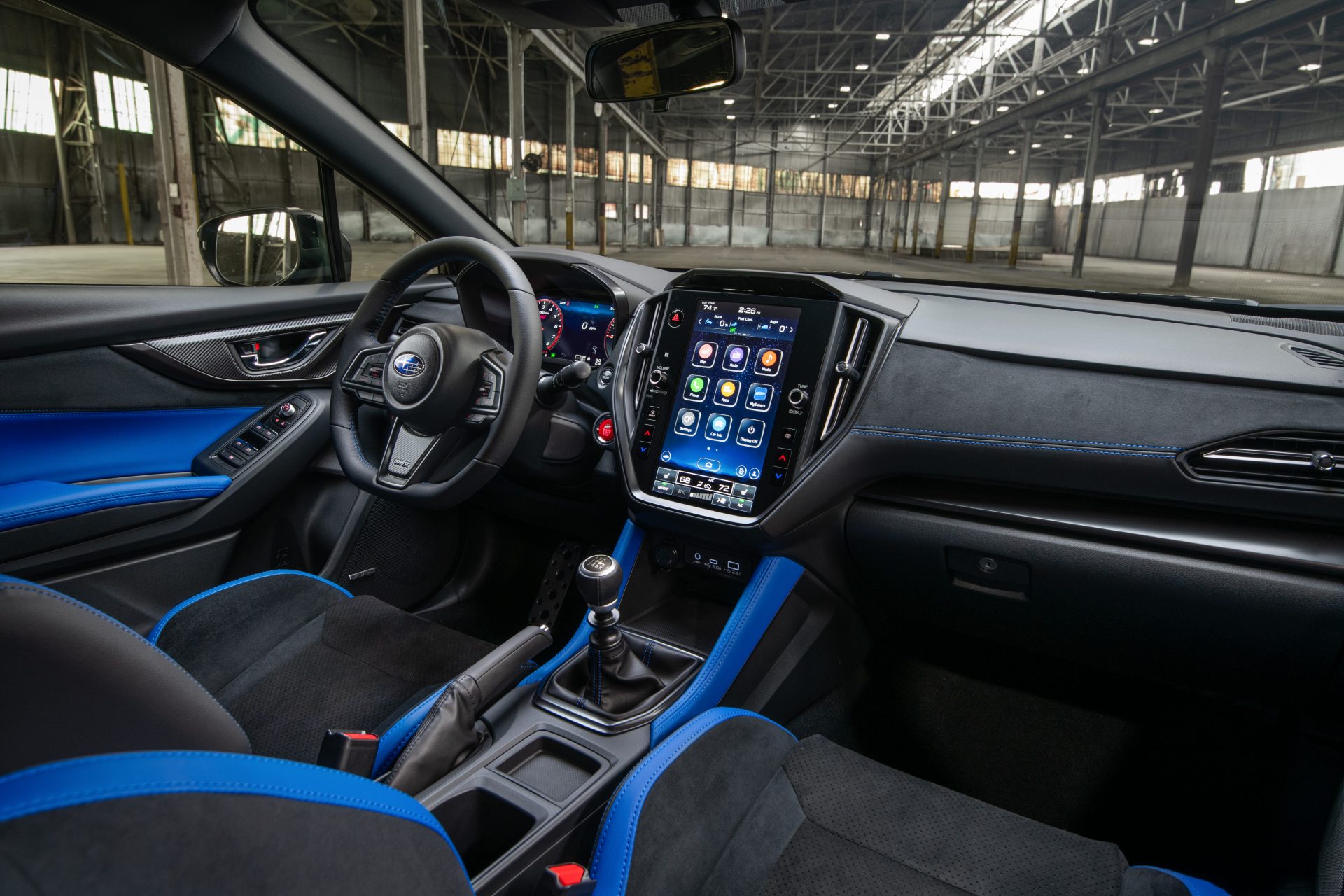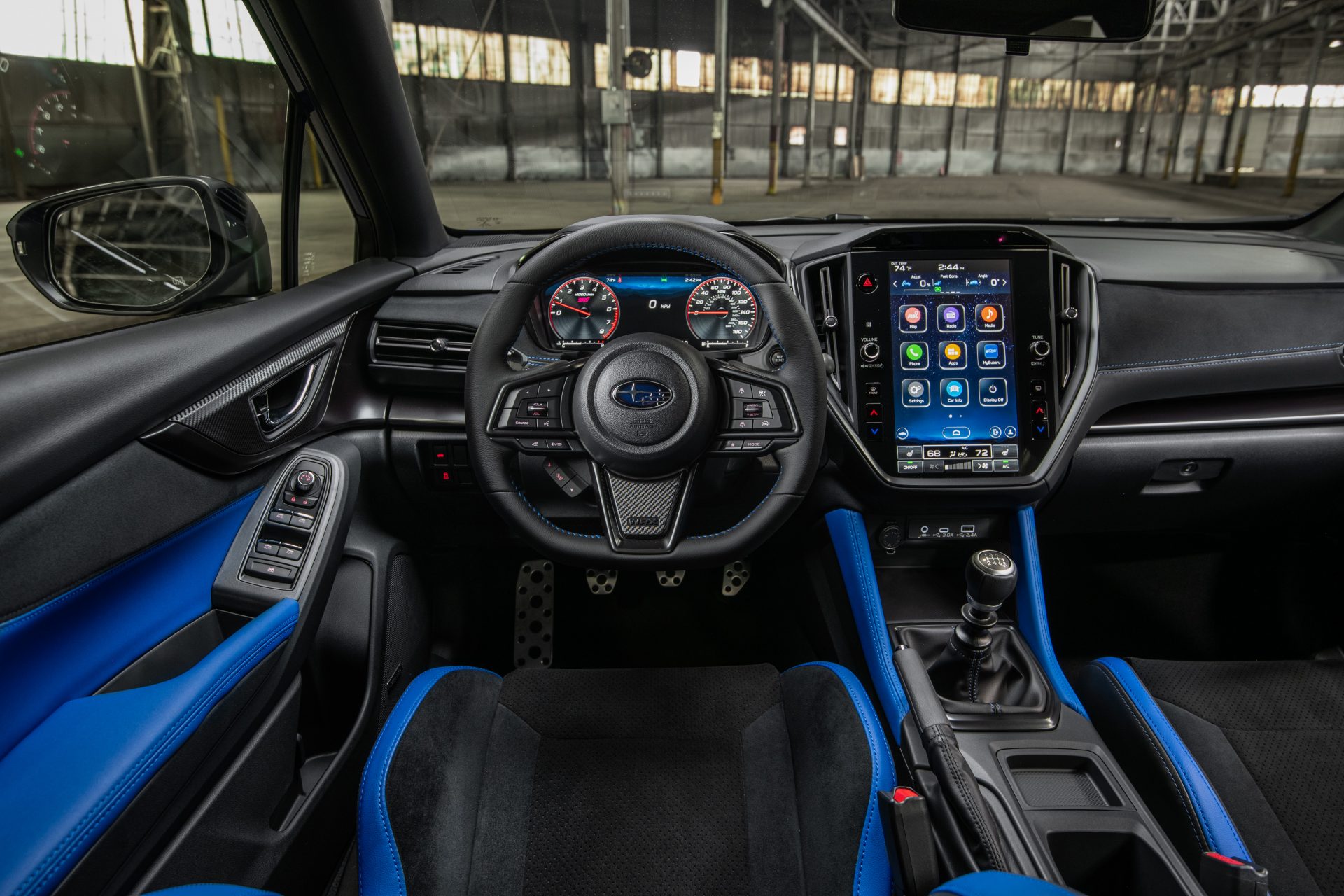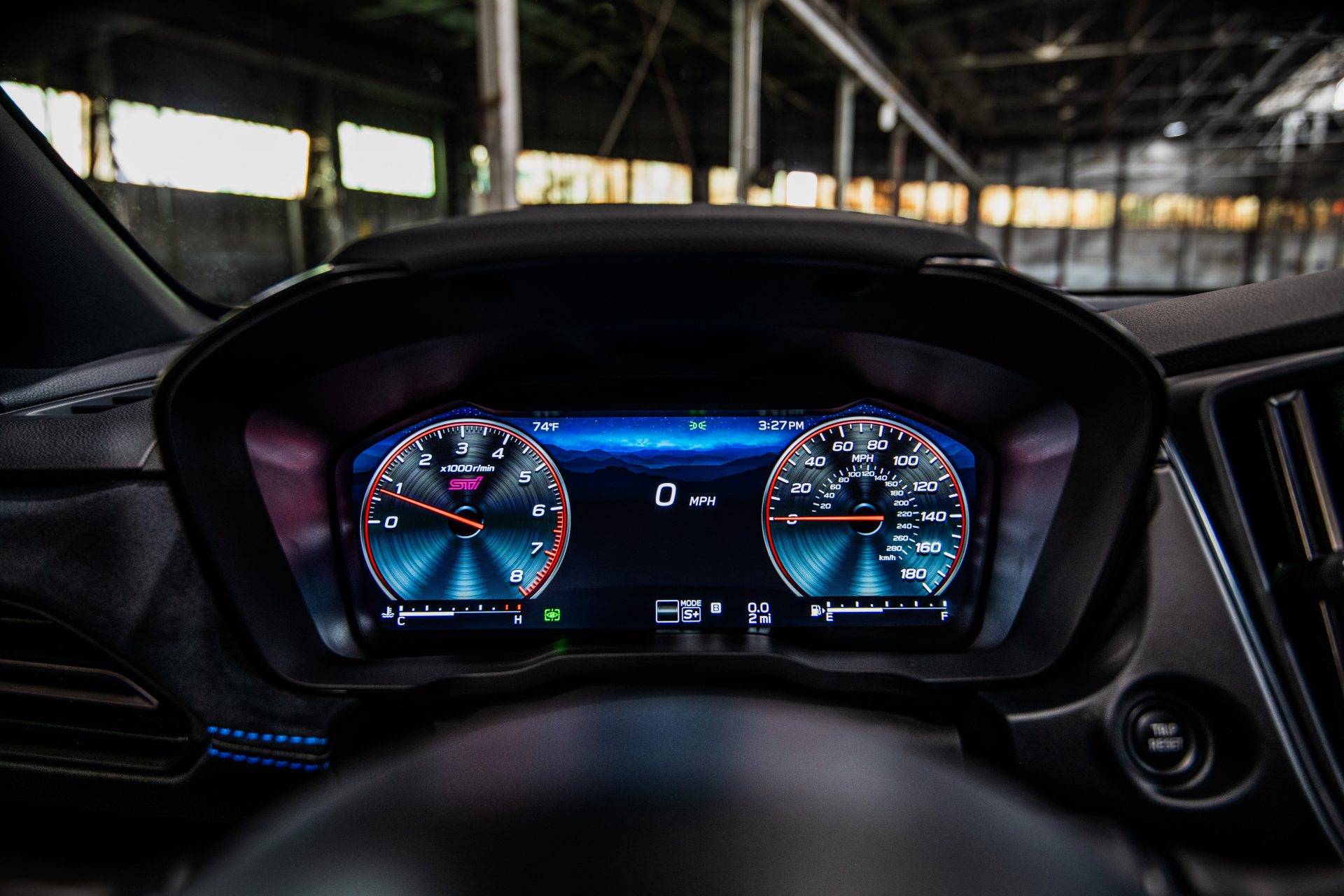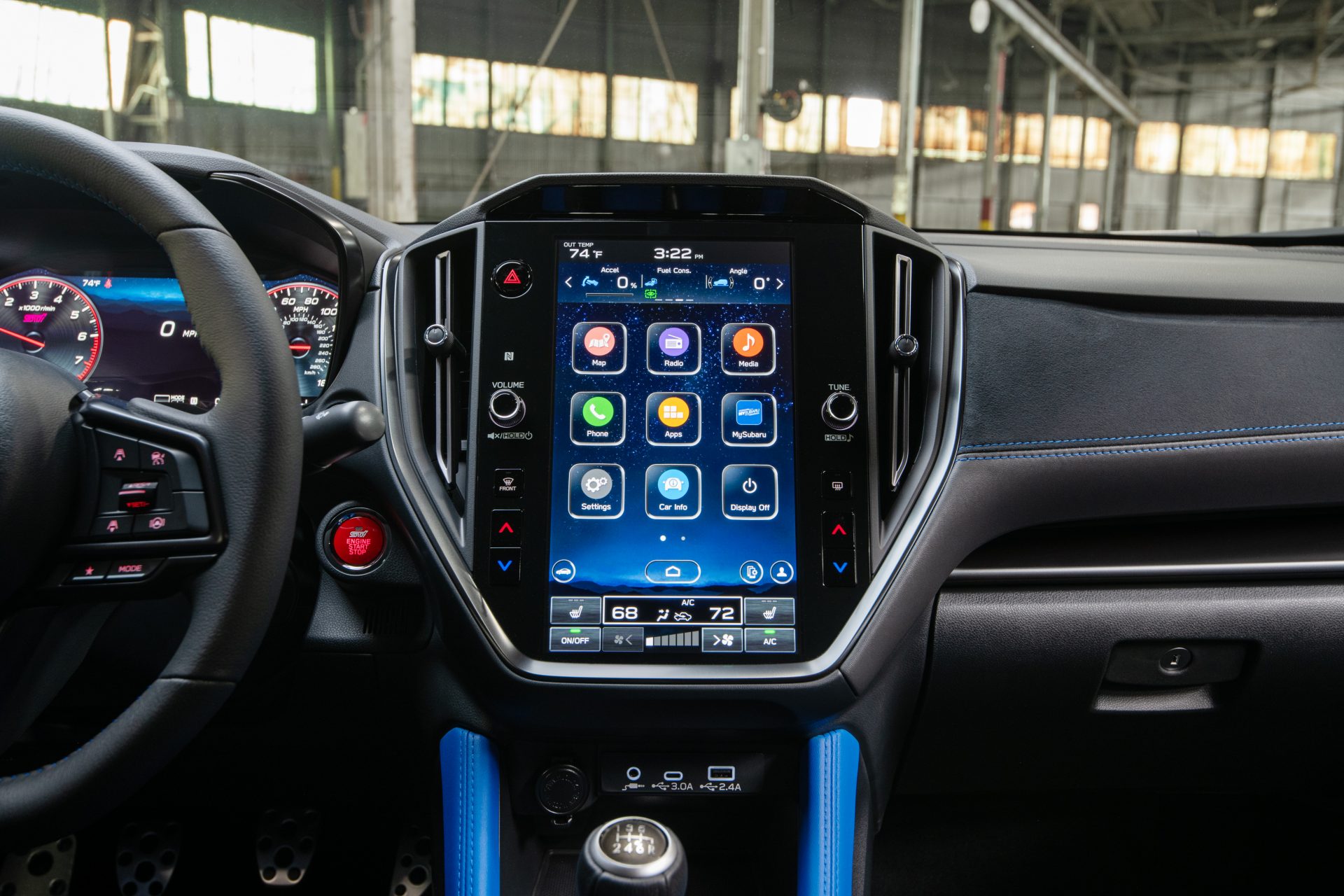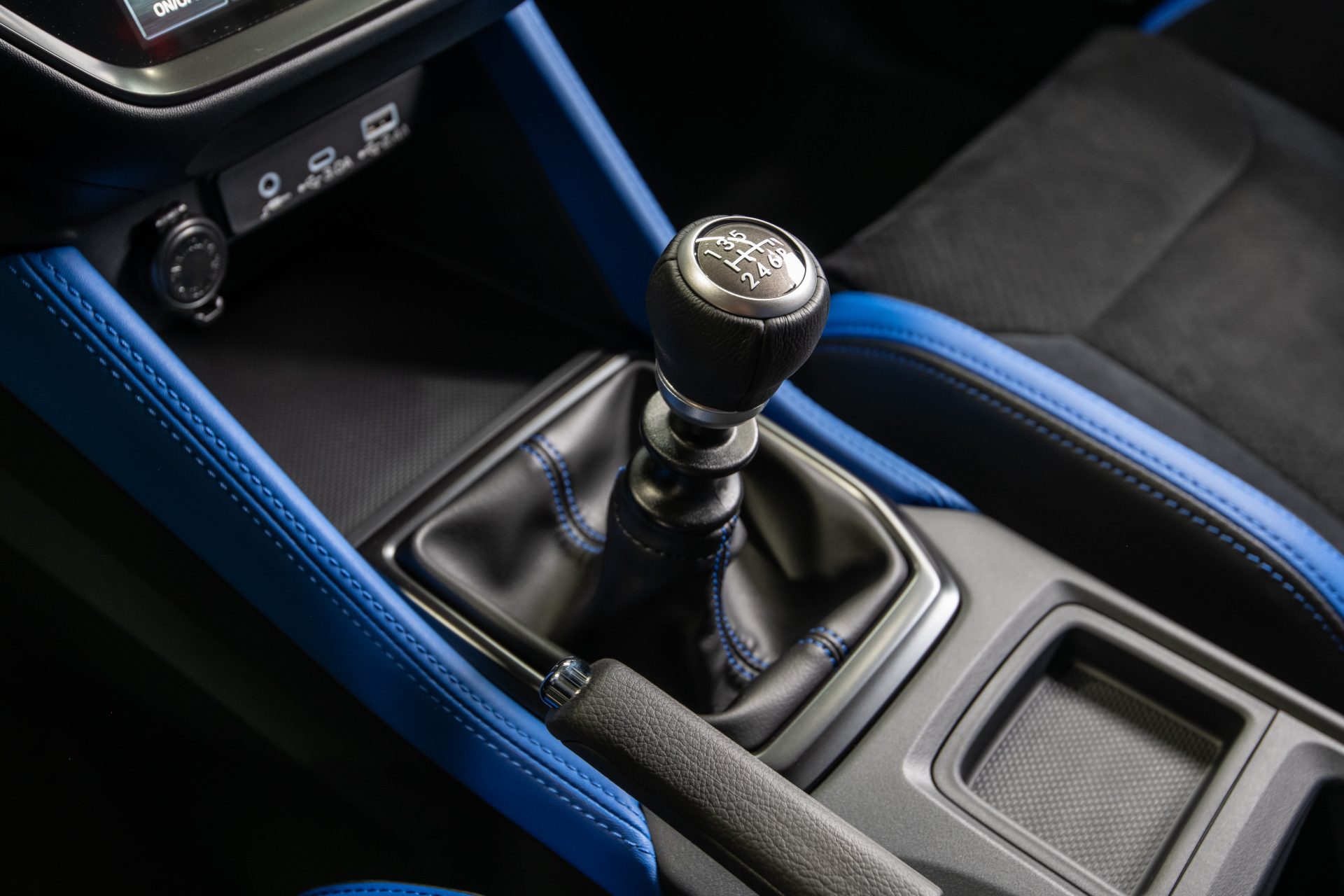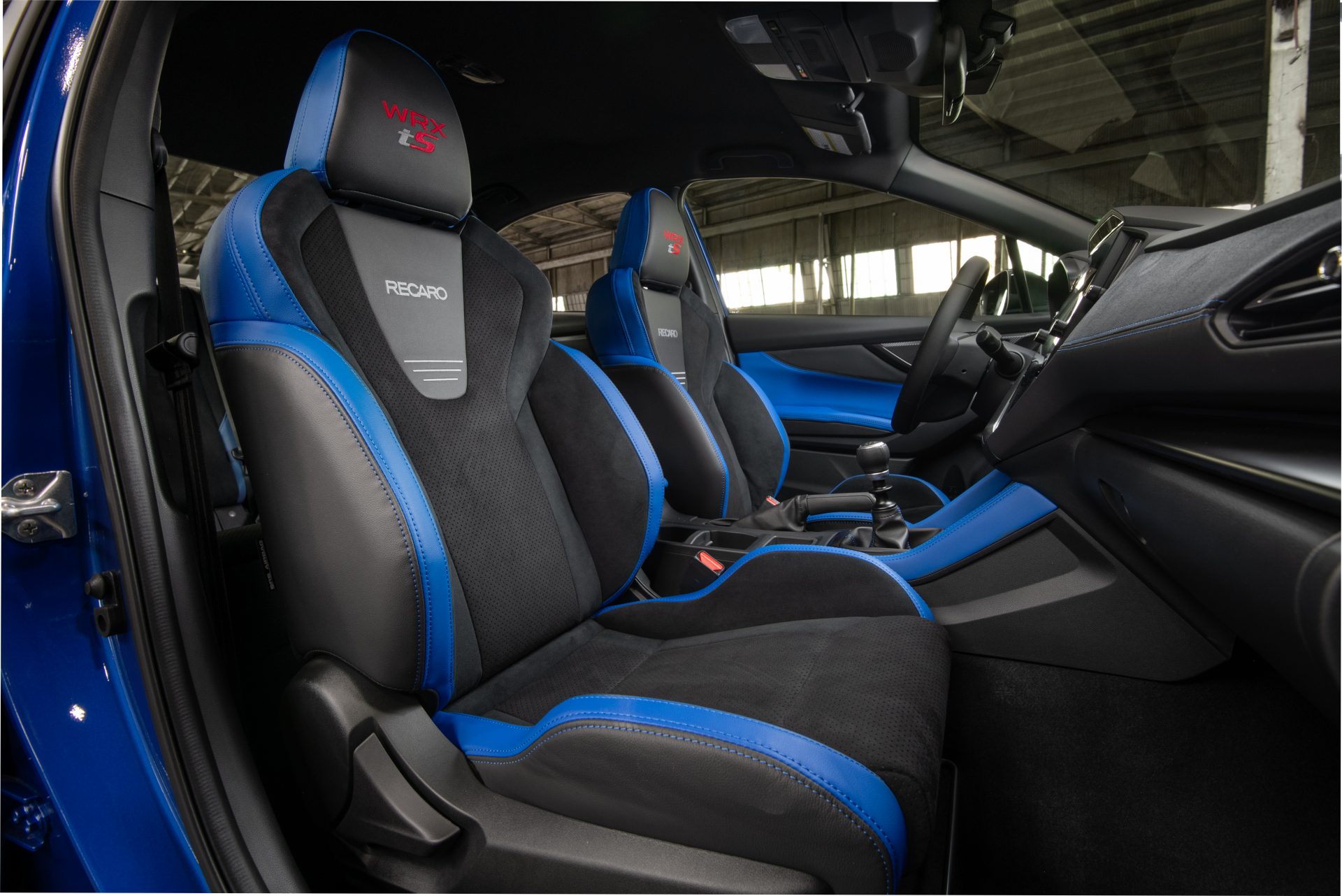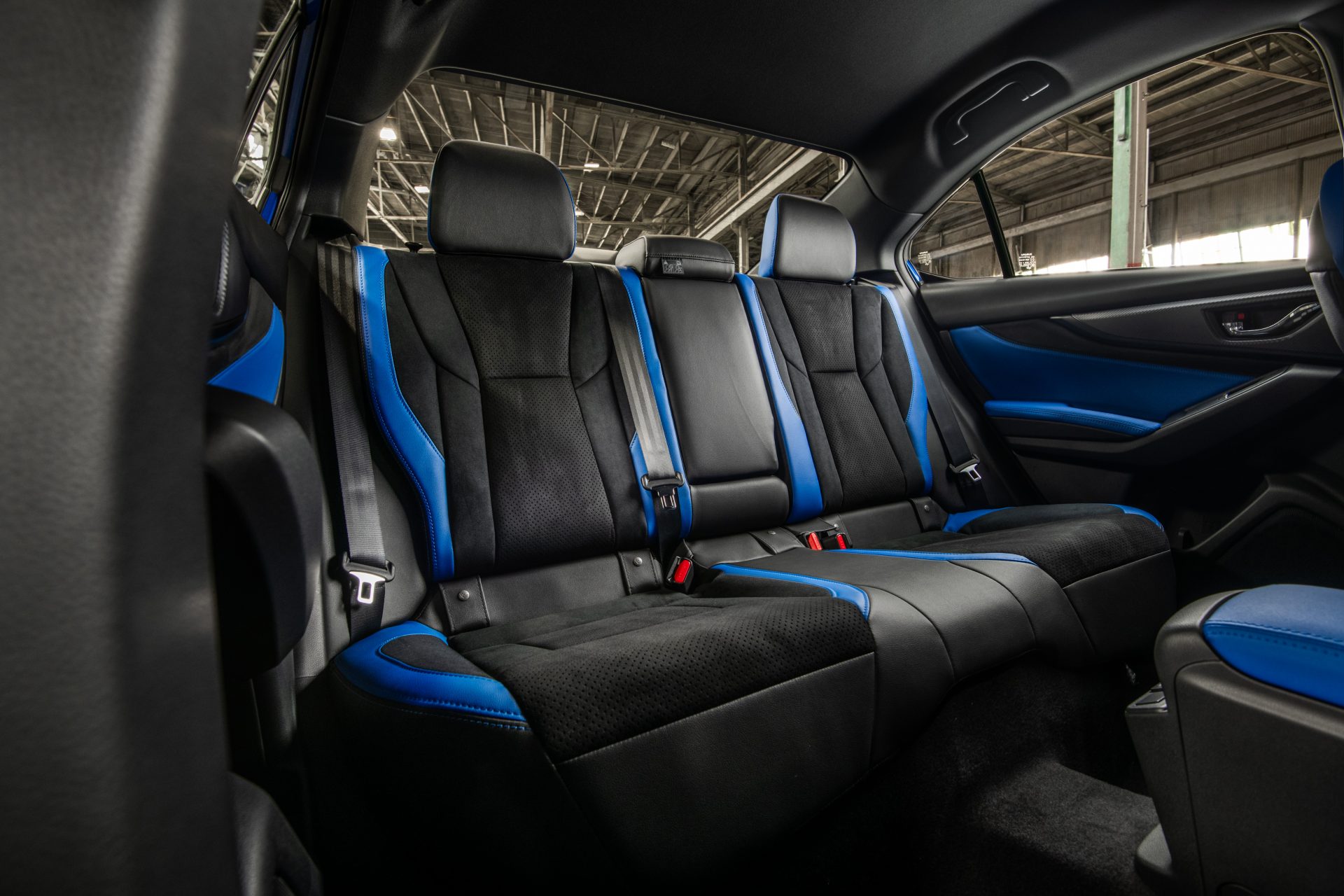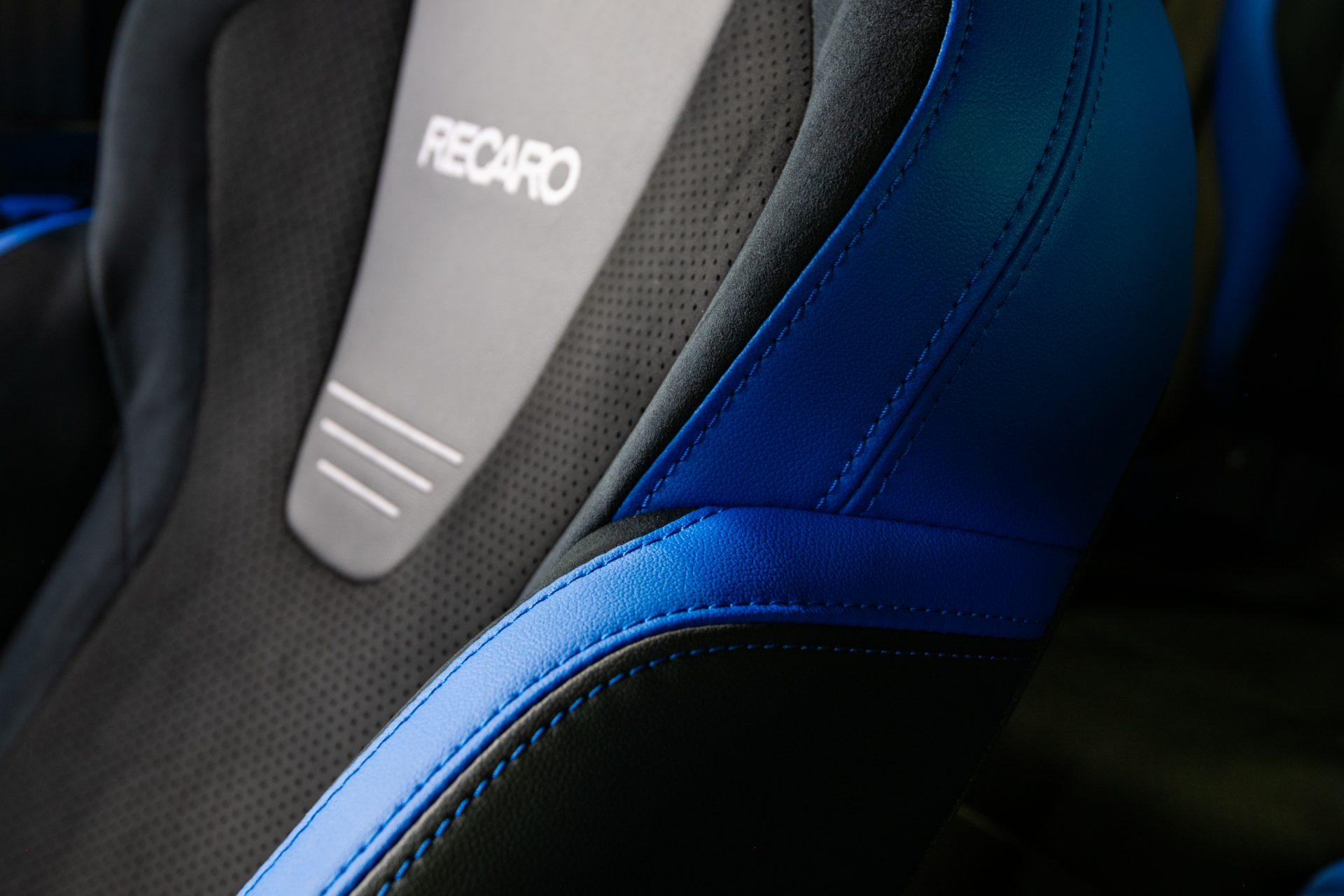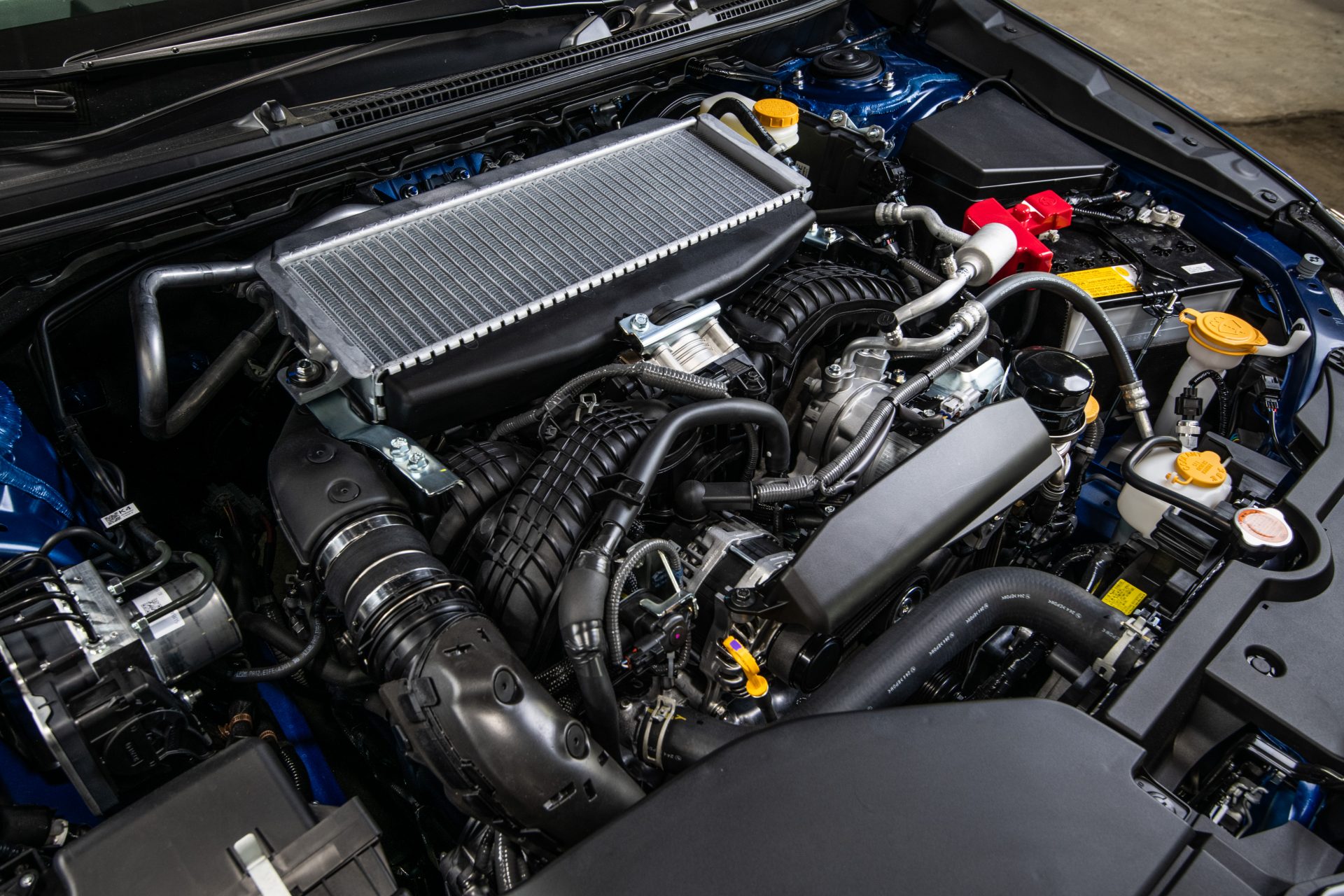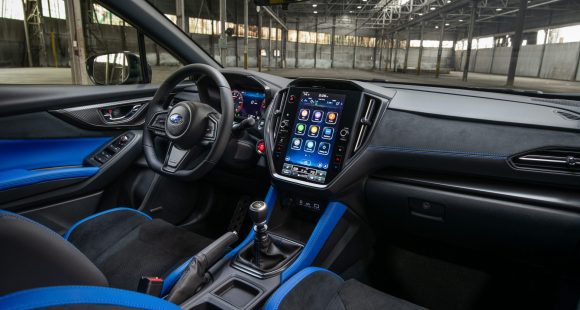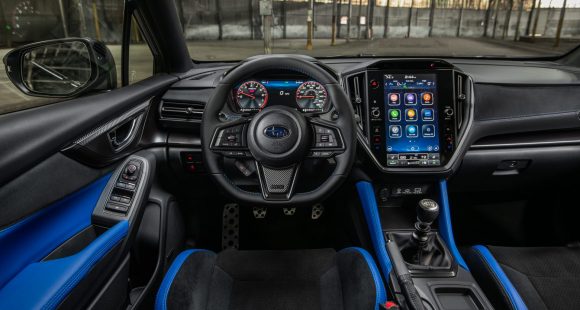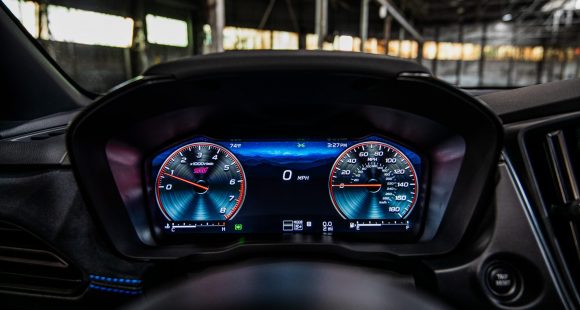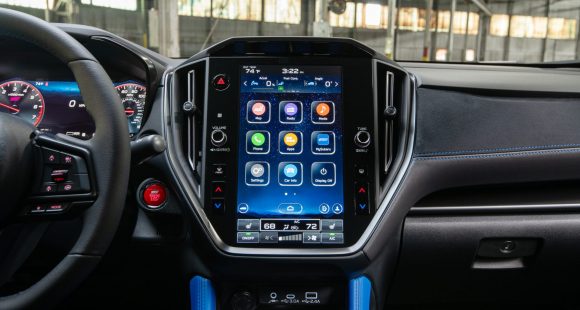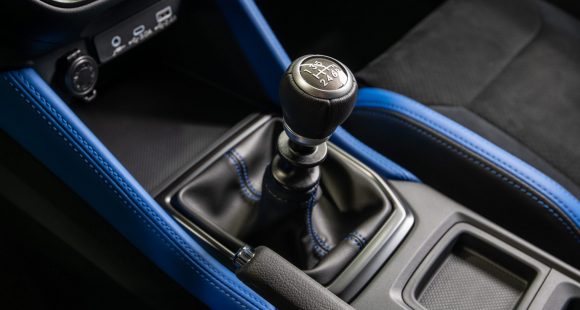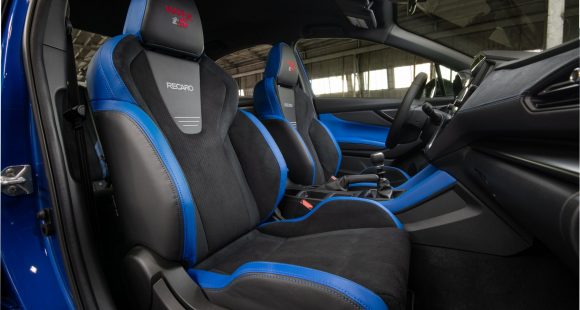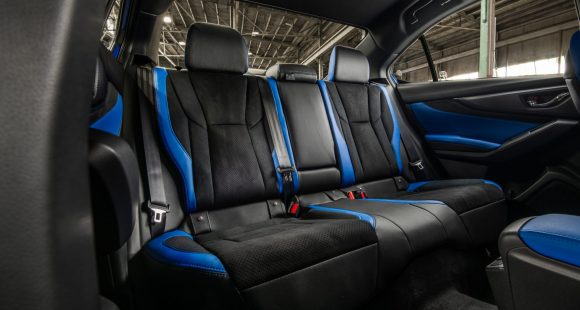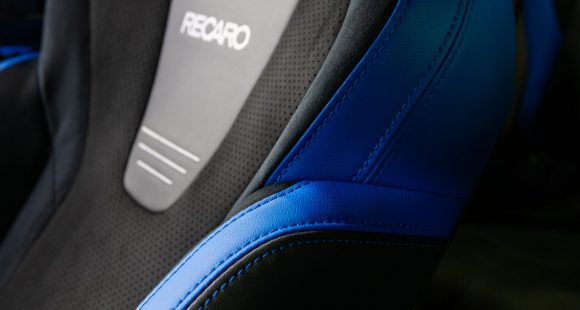2010 Chevrolet Equinox
As the “new” GM gears up, it’s clear that certain vehicles will be key to its success. The 2010 Chevrolet Equinox is the first such vehicle. Now this 5-passenger compact crossover utility returns with a stem-to-stern overhaul and a focus on higher fuel economy, all to be a stronger competitor in a segment pioneered by the Toyota RAV-4 and Honda CR-V. So let’s see if Equinox can lead the General’s march back to success.
The second-generation 2010 Chevrolet Equinox is built on an updated Theta architecture, shared with the upcoming GMC Terrain. Shorter than last year, its very attractive styling draws heavily from the larger Traverse crossover. That includes a front fascia defined by a two-tier bowtie grille, wraparound headlamps, and available fog lights. The sleek profile is accentuated by a thick, forward-leaning C-pillar and the appearance of wrap-around glass.
But it’s powertrains with class leading economy that really makes the Equinox a standout. Standard is a 2.4-liter Ecotec I4 with advanced direct-fuel injection. Ratings are 182 horsepower, almost as much as last year’s standard V6, with 172 pound-feet of torque. Coupled to a 6-speed automatic, in front-wheel drive form, it boasts Government Fuel Economy ratings of 22 city/32 highway on regular gas. The highway number beats all other compact crossovers including the RAV4, the CR-V, and even the Ford Escape Hybrid. All-wheel drive drops the highway number to a still stellar 29. The transmission’s “eco” mode alters shift points for best fuel economy. Interstate cruising range is a bladder-busting 600 miles.
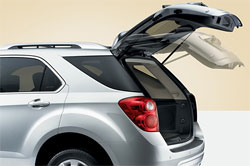 Optional is a direct-injected 3.0-liter V6 with 264 horsepower and 222 pound-feet of torque. With a 6-speed and front-drive, fuel economy ratings are a more normal 18 City/25 Highway on Regular. We spent our first outings in the Equinox on the twisty roads west of Plymouth, Michigan. The Equinox 2.4 did exhibit a moderate strain under hard acceleration, but it was no worse than other I4 compact crossovers. With a respectable zero to 60 time of 8.7 seconds, this big four is more than able to haul a full load. However, maximum trailer tow of 3,500 pounds requires the V 6.
Optional is a direct-injected 3.0-liter V6 with 264 horsepower and 222 pound-feet of torque. With a 6-speed and front-drive, fuel economy ratings are a more normal 18 City/25 Highway on Regular. We spent our first outings in the Equinox on the twisty roads west of Plymouth, Michigan. The Equinox 2.4 did exhibit a moderate strain under hard acceleration, but it was no worse than other I4 compact crossovers. With a respectable zero to 60 time of 8.7 seconds, this big four is more than able to haul a full load. However, maximum trailer tow of 3,500 pounds requires the V 6.
A stiffer chassis with wider front track aids the all-independent suspended Equinox towards excellent road manners. Ride is well-controlled, easily conquering the broken and bumpy Michigan pavement. The cabin is unusually quiet too, thanks to a low drag coefficient and Active Noise Cancellation. Equinox comes with discs brakes with ABS and Brake Assist. Hill Start Assist, stability, and traction control further the active safety equation.
 The interior of the Equinox is even more head-turning than the exterior. Not at all utilitarian, it follows the twin-cockpit theme of the Malibu and Camaro. The eye-catching instrument panel features blue lighting and a floating center stack for a truly unique appeal within the segment. Two-tone color schemes and excellent fit and finish provide an added dose of style.
The interior of the Equinox is even more head-turning than the exterior. Not at all utilitarian, it follows the twin-cockpit theme of the Malibu and Camaro. The eye-catching instrument panel features blue lighting and a floating center stack for a truly unique appeal within the segment. Two-tone color schemes and excellent fit and finish provide an added dose of style.
Seats have a more upscale look and feel too, especially when dressed in perforated leather and red stitching. A tilt/telescoping steering wheel with cruise controls is standard. The nominal six-speaker CD stereo can be upgraded to an eight-speaker Pioneer system on up-level trims. There’s also a 40-gig hard drive and Bluetooth.
Available is a rear view camera displayed in the rear view mirror. It really helps overcome the otherwise restricted rear vision. The split-folding rear bench seat now reclines. It retains fore and aft adjustment, a full eight inches, so legroom is also class best. And to keep the kids occupied, there’s an available twin-screen rear DVD system. But with so much people space, something had to give. Its 31.4 cubic feet of cargo volume behind the back seat is less than CR-V and RAV-4. With rear seats folded, that space expands to 63.7, but that’s still below average for its class. But this isn’t: the first programmable power liftgate available for a small crossover. Besides full open, it can be set for a lower opening to avoid contact with a garage ceiling.
With so much to offer, we were also surprised that Equinox has a lower price than last year, starting at $23,185 for the LS, $24,105 for the LT, and $28,790 for the up level LTZ. All-wheel drive adds $1750 more. With upscale styling and interior appointments, class leading fuel-efficiency, and a good overall value, the new 2010 Chevrolet Equinox gives RAV-4 and CRV something new to aim for. As for doing its part for a “new” GM? Well, the Equinox has all the marks of a winner!
Specifications
- Engine: 2.4-Liter Ecotec I4
- Horsepower: 182
- Torque: 172 Lb Feet
- 0-60 MPH: 8.7 Seconds
- EPA: 22 MPG City/ 32 MPG Highway
2025 Subaru WRX tS
Subaru’s “World Rally eXperimental” Gets Tecnica-Tuned Tech
Building on its global rally heritage, WRX has been a standalone Subaru nameplate, marketed separately from garden variety Impreza, for two generations now. And while the current WRX still lacks the full STI treatment, this WRX tS serves up some of that high-performance spice we’ve been longing for.
Before we go flat out into our Track Test of this 2025 Subaru WRX tS, lets open the Subaru dictionary so we’re all on the same page. “tS” stands for “tuned by STI;” and “STI” is an acronym for “Subaru Tecnica International,” the brand’s high-performance sub-group best known for upgrading the WRX— oh, that stands for “World Rally eXperimental,” in case you didn’t know.
All that said, STI has been largely dormant for this WRX generation, but this tS sprinkles more of their engineering magic into the mix. No, that doesn’t mean extra power, but does mean significant chassis-related improvements.
First, electronically controlled dampers, adjustable through the 11.6-inch tablet-style infotainment screen. That meant a softer “comfort” mode on the 10+ hour commute to and from Savannah’s Roebling Road Raceway. But once we were there, it was the firmer “Sport+” setting all the way, heightening response from the WRX’s throttle and already quick dual-pinion power steering system. There’s still some body roll for rally-esque weight transfer, but it’s well sorted and provides the “toss-ability” you want in a WRX.
Though if you do autocross your tS, which we implore you to do, you might feel the six-piston front, two-piston rear Brembo brakes first. The bite is strong, giving good rotation in the corners and plenty of “halt” for this 3,400 lb. compact with minimal fade, keeping us on track all week…until some unfortunate winter weather passed overhead. No worries here, as Subaru’s Symmetrical All-Wheel-Drive system got us to the track for some powdered deserts: Frosted donuts served up Michelin style, a set of winter tires different from the grippy Bridgestone Potenza S007 rubber the tS typically rides on. Some prior hot laps of California’s Sonoma Raceway gave credence to those Bridgestones, and showed us what this hot-compact can do in ideal conditions.
It’s well sorted and provides the “toss-ability” you want in a WRX.
Other tS enhancements are cabin-based, namely these beautiful blue Recaros. Most of our staff appreciated their moderately-aggressive bolstering on both street and track. And they’re even heated, too. Another tS-only appointment is this 12.3-inch digital gauge display. It mimics the standard analog gauges with some additional info, but can switch to a navigation mode for more convenient route guidance.
We do wish our tS came in the new Galaxy Purple or the trademark World Rally Blue, but this Crystal White paint wasn’t too shabby, contrasting its Cherry Blossom Red badging and blacked-out lip spoiler. Otherwise, the tS is like any other WRX, down to the hood scoop funneling air to the top-mounted intercooler.
Underneath is the same turbocharged 2.4-liter flat-four in all other trims, boxing at 271 horsepower and 258 lb-ft of torque. The freak winter weather stopped straight-line testing, but a 0-60 time estimate of 5.5 seconds is about as spry as you realistically need, pulling strong through most of the tach; though the 6,000 RPM redline required attentive shifting of the six-speed box, which the tS comes exclusively with. The throws are precise, if a little long, and the clutch is wonderfully weighted.
With discontinuation of the Base trim, pricing for the WRX now starts with Premium at $36,920. The tS is at the top of the lineup with the automatic-only GT, both starting at $46,875. All WRXs continue to be made in Gunma, Japan.
If you’re an enthusiast itching to do the tuning yourself, perhaps the 2025 Subaru WRX tS is not for you. But if you want a plug-and-play experience, this is it. While it won’t exactly bestow the loose-cannon, top-level driving skills exhibited by famous WRC drivers upon you, the tS moves this WRX’s game in a direction we’ve so desperately wanted Subaru to take.
Specifications
As Tested
- Engine: 2.4-liter flat-four
- Tranmission: 6-speed manual
- Horsepower: 271
- Torque: 258 lb-ft







